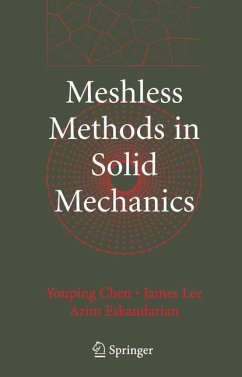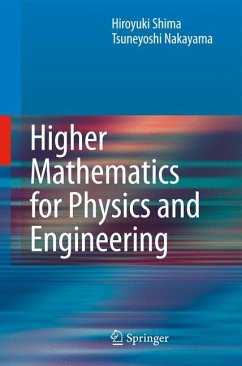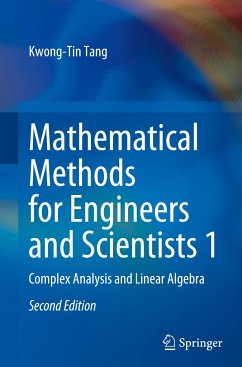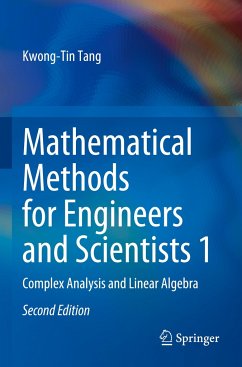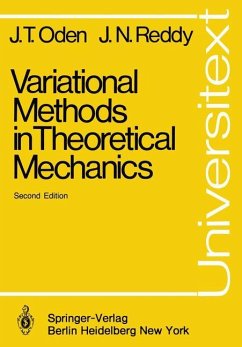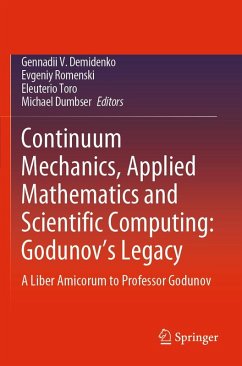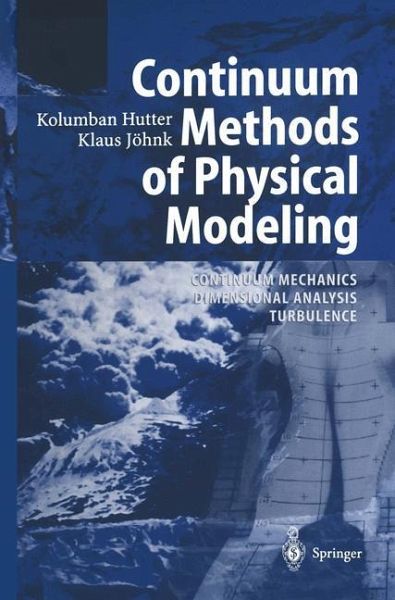
Continuum Methods of Physical Modeling
Continuum Mechanics, Dimensional Analysis, Turbulence
Versandkostenfrei!
Versandfertig in 6-10 Tagen
109,99 €
inkl. MwSt.
Weitere Ausgaben:

PAYBACK Punkte
0 °P sammeln!
This book is a considerable outgrowth of lecture notes on Mechanics of en vironmentally related systems I, which I hold since more than ten years in the Department of Mechanics at the Darmstadt University of Technology for upper level students majoring in mechanics, mathematics, physics and the classical engineering sciences. These lectures form a canon of courses over three semesters in which I present the foundations of continuum physics (first semester), those of physical oceanography and limnology (second semester) and those of soil, snow and ice physics in the geophysical context (third s...
This book is a considerable outgrowth of lecture notes on Mechanics of en vironmentally related systems I, which I hold since more than ten years in the Department of Mechanics at the Darmstadt University of Technology for upper level students majoring in mechanics, mathematics, physics and the classical engineering sciences. These lectures form a canon of courses over three semesters in which I present the foundations of continuum physics (first semester), those of physical oceanography and limnology (second semester) and those of soil, snow and ice physics in the geophysical context (third semester). The intention is to build an understanding of the mathemati cal foundations of the mentioned geophysical research fields combined with a corresponding understanding of the regional, but equally also the global, processes that govern the climate dynamics of our globe. The present book contains the material (and extensions of it) of the first semester; it gives an introduction into continuum thermomechanics, the methods of dimensional analysis and turbulence modeling. All these themes belong today to the every day working methods of not only environmental physicists but equally also those engineers, who are confronted with continuous systems of solid and fluid mechanics, soil mechanics and generally the mechanics and thermody namics of heterogeneous systems. The book addresses a broad spectrum of researchers, both at Universities and Research Laboratories who wish to fa miliarize themselves with the methods of "rational" continuum physics, and students from engineering and classical continuum physics.





